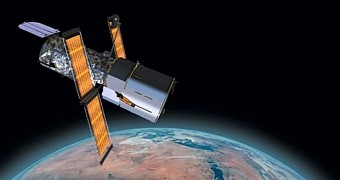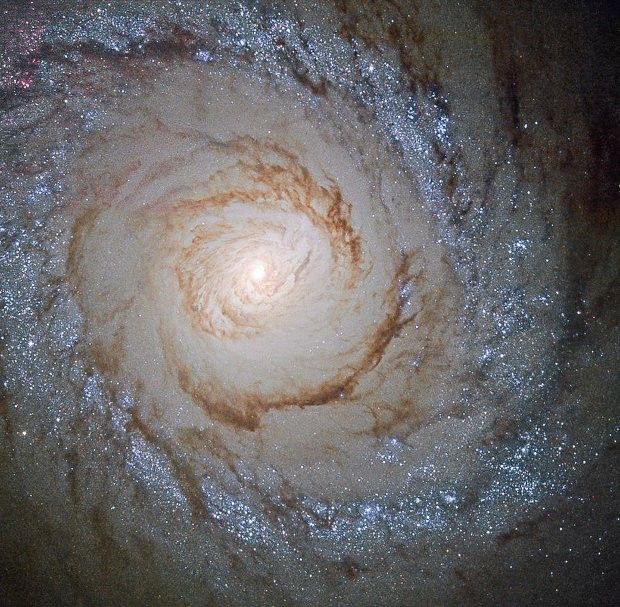A new space image delivered by the Hubble telescope and released by NASA just the other day brings into focus a faraway spiral galaxy by the name of Messier 94.
The galaxy was first noticed and documented centuries ago, in 1781. It was discovered by astronomer Pierre François André Méchain and then catalogued by space explorer Charles Messier.
The galaxy, one of the brightest in a gathering of such systems called the M94 Group, is positioned in a constellation known as the Hunting Dogs or Canes Venatici. NASA researchers say data at hand indicates it lies at a distance of approximately 16 million light-years from our planet.
As mentioned, Messier 94 is a spiral galaxy, just like our Milky Way. The Hubble view NASA made public this past Friday shows an oddly bright ring surrounding it.
It is in this region that stars are forming at a rapid pace from dense clouds compressed by gravity and so subjected to high temperatures and pressures, scientists explain.
“The compression of material means the gas starts to collapse into denser clouds. Inside these dense clouds, gravity pulls the gas and dust together until temperature and pressure are high enough for stars to be born,” reads the description accompanying Hubble's image of the spiral galaxy Messier 94.
Being essentially one gargantuan stellar nursery, this region encompassing Messier 94's silhouette is sometimes referred to as a starburst ring.

 14 DAY TRIAL //
14 DAY TRIAL // 

